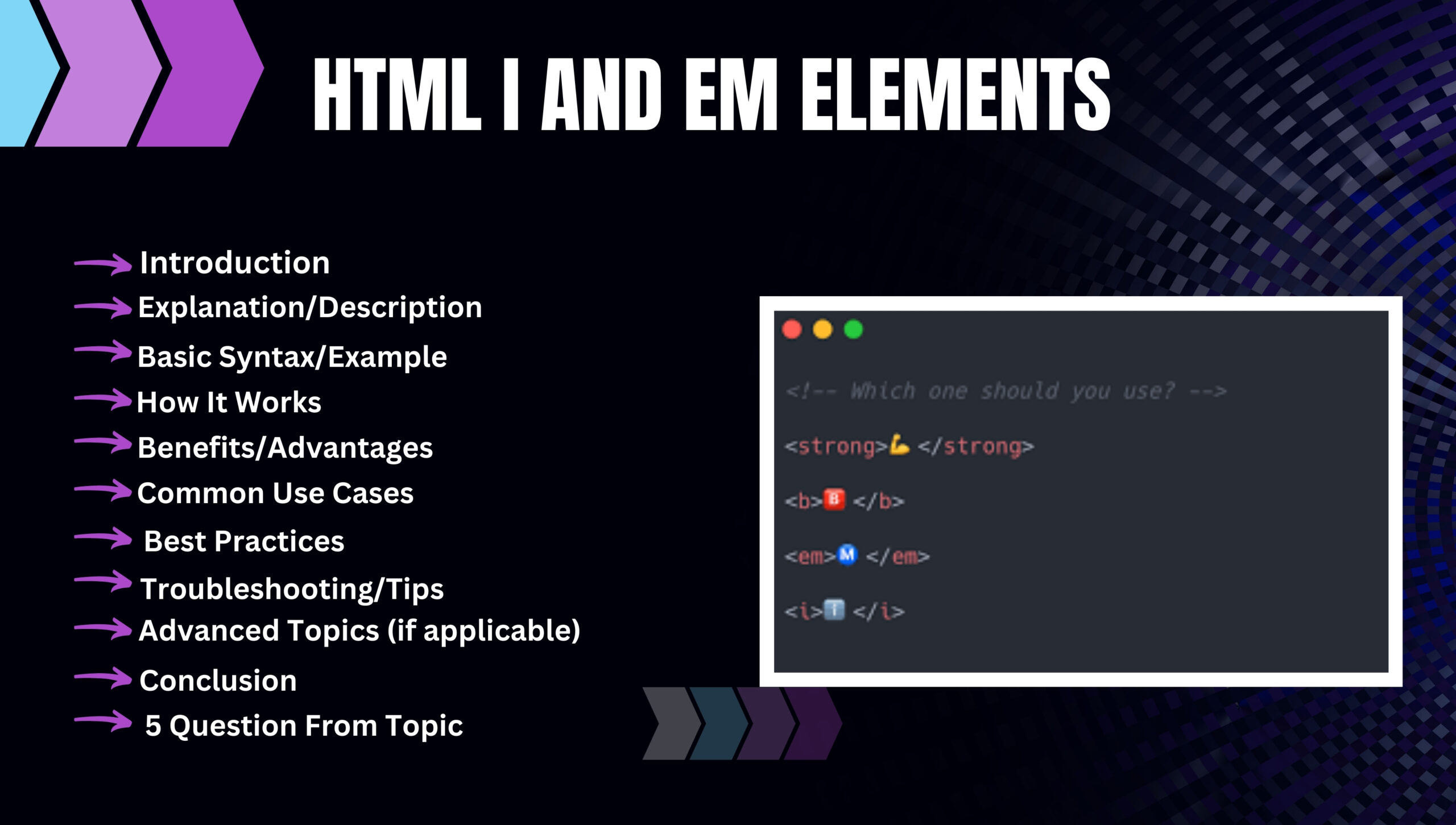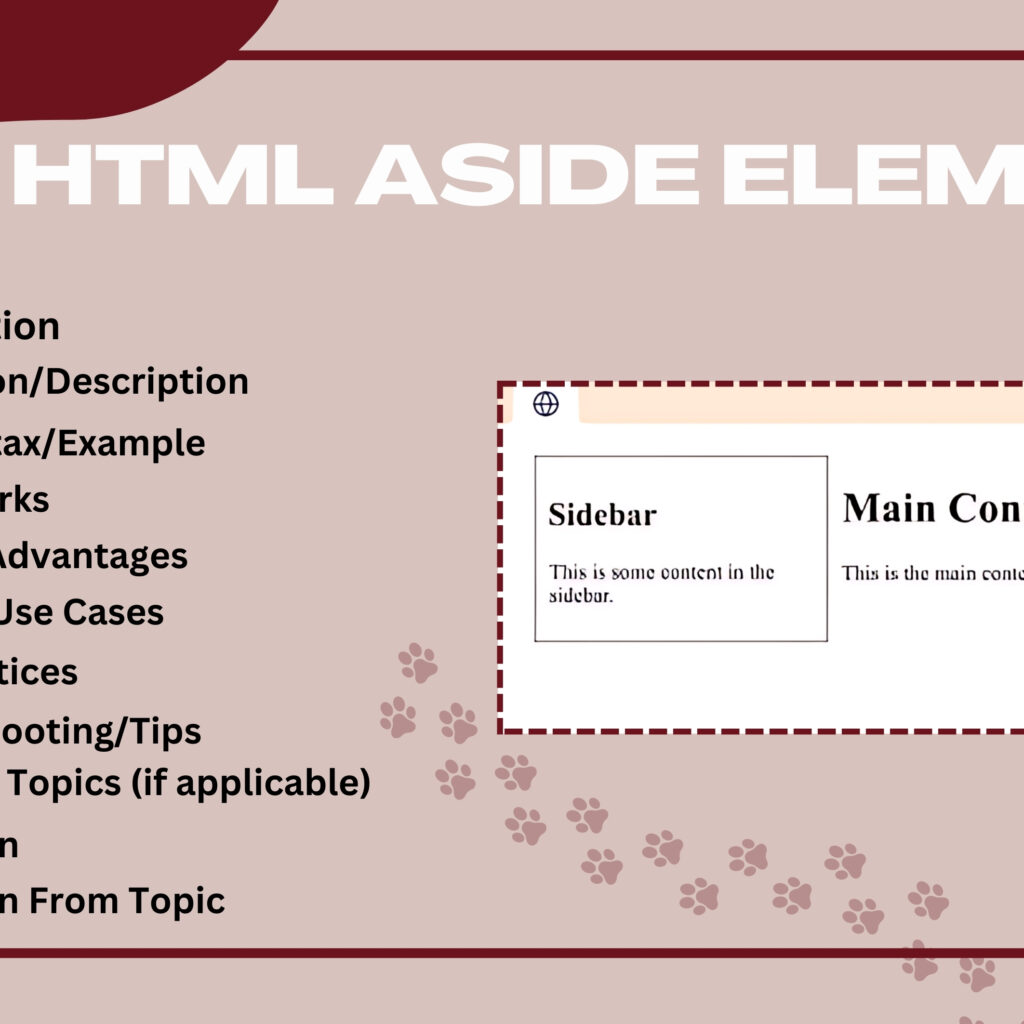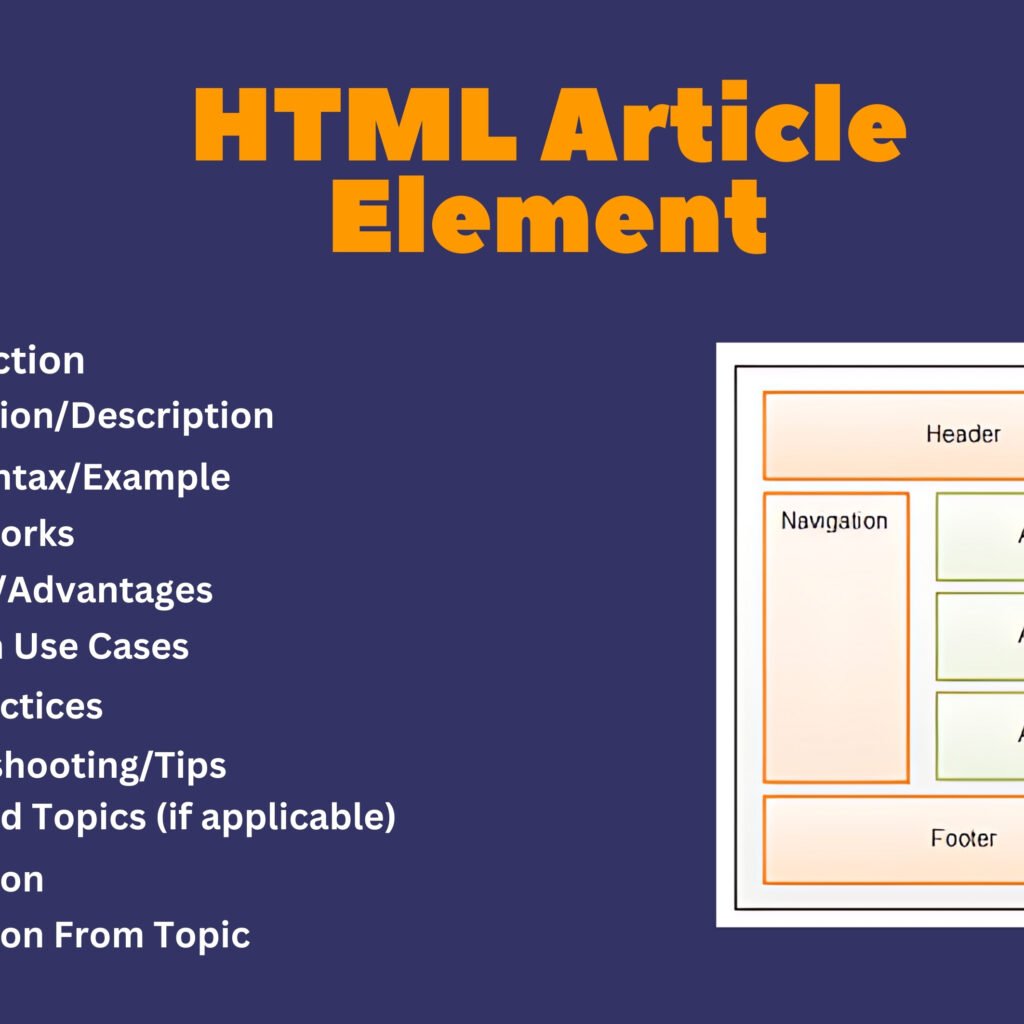
Introduction
The HTML <i> and <em> elements are both used to style text with italics, but they serve different purposes and carry distinct semantic meanings. Understanding how to use these elements effectively can enhance both the presentation and the meaning of your web content.
Explanation/Description
<i>: The<i>element is used to apply italic styling to text without conveying any special importance or emphasis. It is often used for stylistic purposes or to denote terms in other languages or technical terms.<em>: The<em>element not only italicizes text but also conveys that the text is emphasized or stressed. It has semantic meaning and indicates that the content should be given more importance or emphasis.
Basic Syntax/Example
<!DOCTYPE html>
<html>
<head>
<title>I and Em Elements Example</title>
</head>
<body>
<h1>HTML I and Em Elements Example</h1>
<p>This is an <i>italicized text</i> using the <i> tag.</p>
<p>This is an <em>emphasized text</em> using the <em> tag.</p>
<p>When writing HTML, use <em><i> <i> only for styling </i></em> and <em> <em> for semantic emphasis </em></em>.</p>
</body>
</html>
In this example:
- The
<i>element is used to apply italic styling to text without implying any additional meaning. - The
<em>element is used to emphasize text, providing both italic styling and semantic importance.
How It Works
<i>Element: Applies italic styling to text but does not convey any special emphasis or importance.<em>Element: Applies italic styling and indicates that the text should be given emphasis, which can be recognized by screen readers and search engines.
Benefits/Advantages
<i>Element:- Visual Styling: Provides a way to italicize text for visual differentiation without implying additional meaning.
- Flexibility: Useful for stylistic purposes, such as denoting foreign words or technical terms.
<em>Element:- Semantic Emphasis: Conveys that the text is of special importance or emphasis, enhancing the content’s meaning.
- Accessibility: Helps assistive technologies understand the emphasis and context of the text.
Common Use Cases
<i>Element:- Italicizing text for visual differentiation.
- Displaying terms in other languages or technical jargon.
- Styling text in a decorative or stylistic manner.
<em>Element:- Emphasizing important points or keywords in text.
- Highlighting critical information or stress in educational content.
- Indicating strong feelings or importance in narrative content.
Best Practices
- Use
<i>for Styling Only: Apply<i>when you need to style text as italic without adding semantic meaning. - Use
<em>for Emphasis: Use<em>to indicate text that should be emphasized or stressed to improve semantic clarity. - Avoid Overuse: Use these elements sparingly to ensure their meaning and impact are not diluted.
Troubleshooting/Tips
- Check Visual Consistency: Ensure that
<i>and<em>elements render consistently across different browsers and devices. - Consider Semantic Meaning: Use
<em>when the content’s emphasis needs to be conveyed, and<i>when no additional meaning is required. - Enhance Accessibility: Make sure that the emphasis provided by
<em>is properly recognized by screen readers and other assistive technologies.
Advanced Topics (if applicable)
- Custom Styling: Use CSS to further customize the appearance of
<i>and<em>elements beyond default italic styling. - Semantic HTML: Explore other semantic HTML elements for conveying different levels of emphasis and meaning in your content.
- Accessibility Enhancements: Combine
<em>with ARIA attributes to provide additional context and enhance accessibility.
Conclusion
The HTML <i> and <em> elements are useful for italicizing text, but they serve different purposes. The <i> element is for visual styling without semantic meaning, while the <em> element conveys emphasis and importance. Using these elements appropriately enhances both the readability and accessibility of your web content.
Five Questions
- What is the primary difference between the HTML
<i>and<em>elements? - When should you use the
<i>element in your web content? - How does the
<em>element enhance semantic meaning and accessibility? - What are some best practices for using the
<i>and<em>elements effectively? - How can CSS be used to customize the appearance of
<i>and<em>elements?




